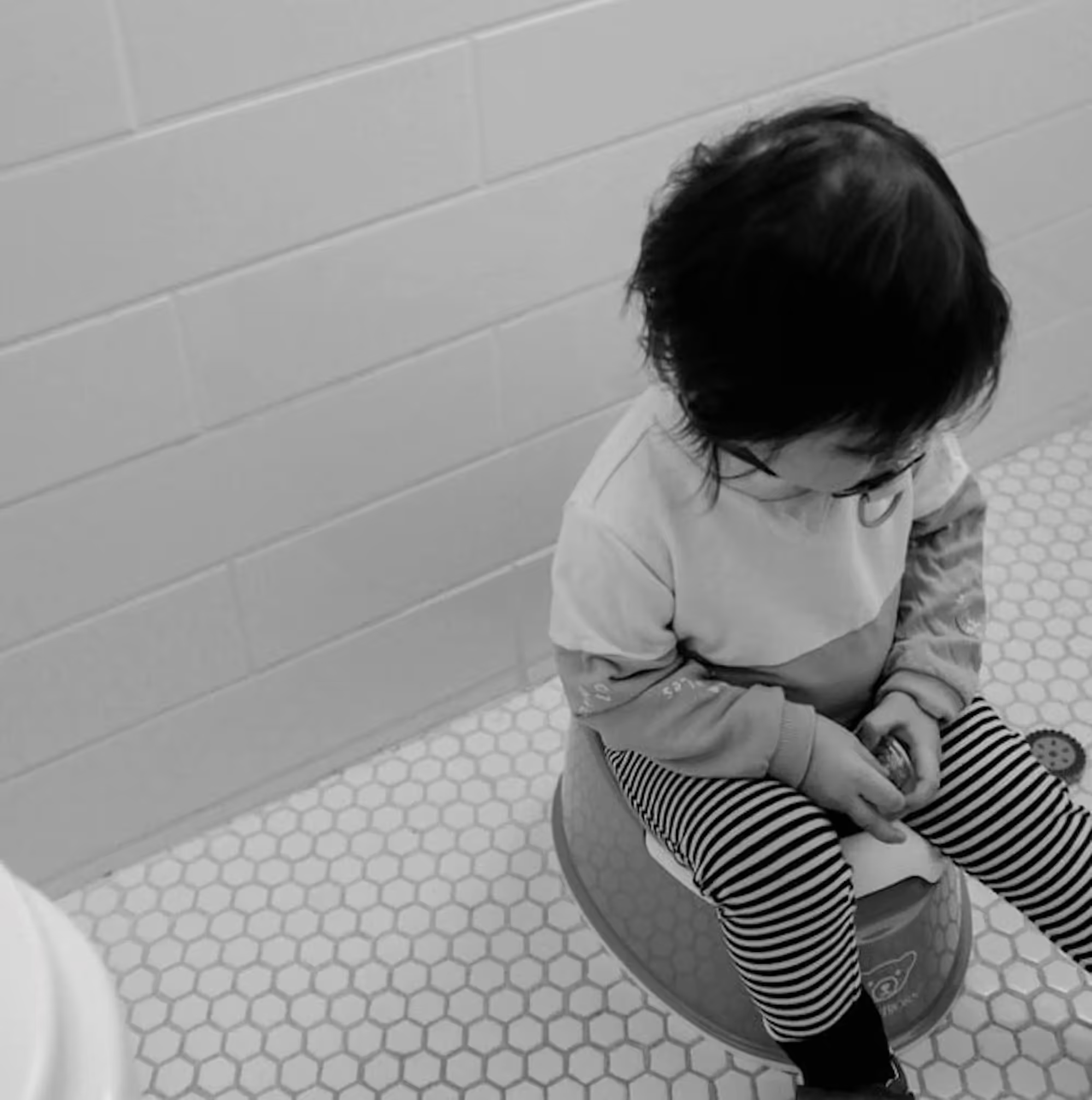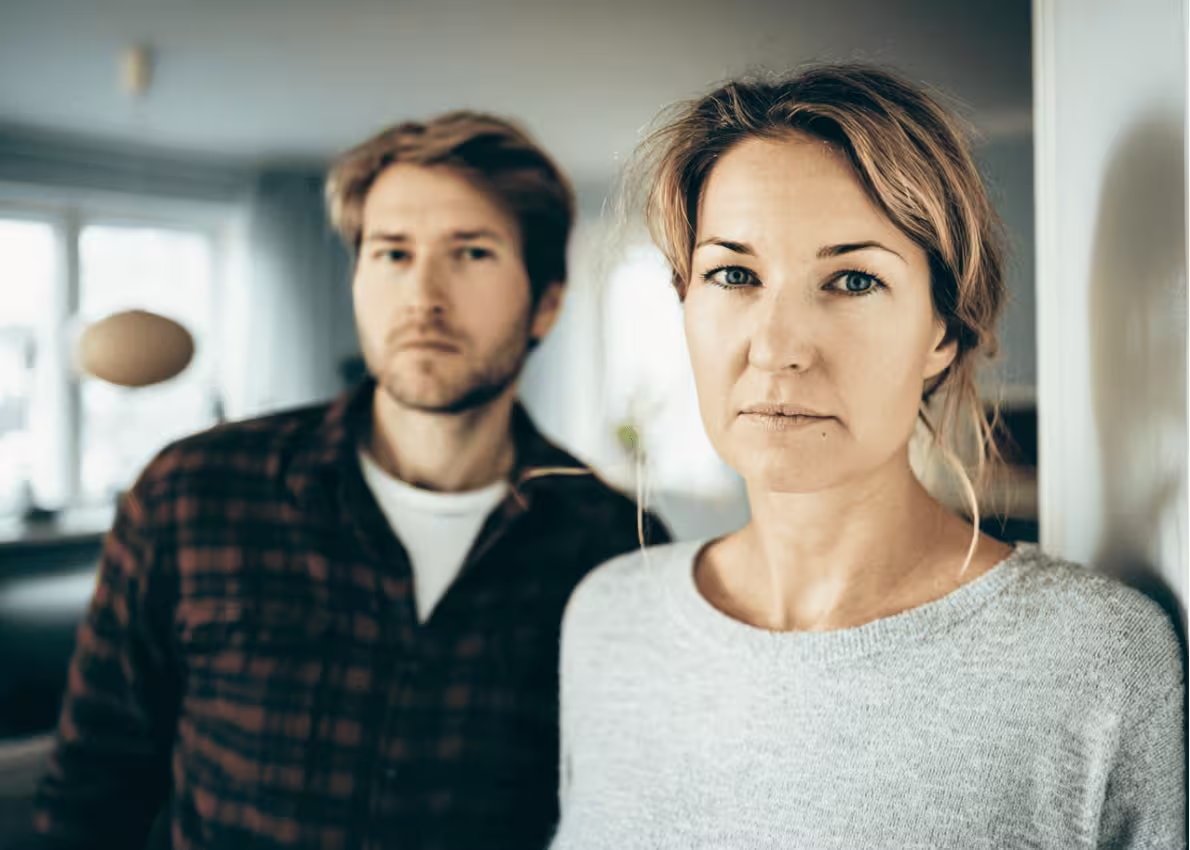Constipation in children - how to deal with it

Getting children constipated is common, and unfortunately it can be recurring. Constipation affects about 10% of all preschool children and a third of children between 6-12 years. What should you as a parent think a little extra about to prevent this from happening, and what helps when the accident occurs? Here you will find more information and housewife tricks - the best tips on how to best help your child!
Constipation in children - what causes it?
Constipation means, just as it sounds, that it is difficult to empty the bowel. It can be due to several different things and can affect both adults and children, although it is more common in children. The poop is hard and sluggish, and it can hurt when you try to go to the toilet. It is also common to get a stomach ache and feel unwell. Often the problems can occur during the sensitive period when the child stops using a diaper, usually at the age of 2-3.A constipation usually goes away after a couple of days without you having to seek care, but sometimes the poop may need a little help on the stack to get out. Fruits and physical activity are good housewife tricks, you will find more about it a little further down.Internetmedicin.se writes more about this.

What happens in the body during constipation?The reason for constipation is that the intestinal contents (processed food residues and bacteria) move too slowly from the large intestine to the rectum, which means that the large intestinal mucosa has time to absorb more water from the contents than it usually does. The result is that the poop, due to lack of liquid, becomes so hard and dry that it becomes difficult to poop out.When the rectum is full, it sends a signal to the brain and the child feels that it needs to go to the toilet. If the child experiences that it then hurts so much that it does not want to try to poop but instead ignores the signal, the poop reflex disappears and more and more faeces accumulate in the rectum. The larger the hard lump, the harder it is for the baby to poop.On 1177 you can read more about this and about intestines and digestive organs.
How to counteract constipation
There are several different things you can think about a little extra that prevent your child from becoming constipated, namely:
- Routines - make toilet visits something that the child sees as completely natural, and de-dramatize it as much as possible. Try to get the child to poop 1-2 times / day, and let it take plenty of time (at least 5-10 min.) Remember to have a footstool by the toilet so that the child can sit properly with support for the feet.
- Physical activity - make sure that the child moves as this is important for the intestine to be able to work properly.
- Diet - it is important that the child eats regularly, and that the diet is varied. Keep in mind that foods such as white rice, pasta, eggs, and certain fruits and dairy products can clog the intestines, so be sure to vary with high-fiber products such as whole grains, raw vegetables and fruits. If you give your child a lot of fiber, it is important to also give it a lot of fluid so as not to have the opposite effect.
You can read more about this at internetmedicin.se.

Symptoms of constipation in children
As you know, our bodies function very differently, and how often you poop is very individual. Some go a couple of times a week, others can go several times a day. However, if you poop less than three times in a week, you will be considered constipated. This applies to both children and adults. The following symptoms indicate constipation:
- The stool is hard and sluggish.
- The child has difficulty pooping.
- It hurts to poop and the child tries to avoid going to the toilet. Pay attention - you can often see signs of constipation in the baby's posture and behavior.
- The stomach can become hard and tense.
- It hurts in the stomach and the baby often does not want to eat.
- Once the child poops, there will be so much that it can sometimes cause a blockage in the toilet.
The list comes from 1177.
Blood in the stool
When the hard poop lies and presses in the rectal opening, small cracks can form which then begin to bleed and leave traces of blood in the stool or on the toilet paper. This is not dangerous, but can of course feel a little scary. The poop can also press on the bladder, which can lead to the child urinating.All children are different and some get several of these symptoms, while others may only get one. It is also important to remember that the problems can manifest themselves in very different ways. You know your child best and if you are worried, you should contact the care immediately. In the first place, it is a good idea to call 1177 and they will guide you further if they consider it necessary.

Treatment when the accident occurs
Should your child be affected, there is nothing to stress you over. This can happen even if you have thought carefully about all the points above, and can be caused by several different factors in addition to these. Environmental change, sensitivity to certain diets, other diseases are just some of them.
Treat at home - the housewife trick
In the first place, you can try giving your child high-fiber fruits and vegetables such as prunes, apricots, raisins, figs, pears and kiwis. Prune puree is available for purchase in most grocery stores, and can be good to give to your child regularly, even when it is not constipated.The high fiber content in the fruits is converted by bacteria in the intestine and in turn stimulates various bacteria and bacilli that make the stool soft.Also, make sure that your child drinks plenty of fluids between meals. If the child has difficulty drinking water, you can try good fruit drinks. Trying with their active bacterial culture can be very helpful.More information on how to treat a child under 6 months can be found at Rikshandboken.

Drug
If the problems persist after a week, despite a high-fiber diet and physical activity, there are so-called laxatives you can use. However, they should never be given to children under 7 years of age without a doctor's prescription.
- Emollients - oral agents that are taken in different doses depending on the treatment results. The treatment usually takes 6-12 months.
- Enema - in some situations, stronger agents are required to dissolve the hard poop and it is then about enema. This is given daily for a week, then every other day.
- Pain relief - it hurts too much for the child when it has to poop, you can relieve the pain around the rectal opening with local treatment with Xylocain gel 2%, which is then lubricated about 10 minutes before the toilet visit.
You can read more about this at internetmedicin.se.
When & how should I seek care?
It can take some time for a constipation to go away, and usually you do not need to seek care. However, should the problems persist for a longer period of time, even though you have tried the housewife tricks above, you should contact healthcare. This applies even if the child has one or more of the symptoms below:
- The baby is less than a month younger and is constipated.
- The problems have persisted for more than a week.
- Recurrent symptoms with constipation and / or diarrhea for a long time.
- The poop contains blood.
- It hurts in the stomach while the child has constipation.
- Can not poop and does not gain weight properly.
- Is sad because it hurts to poop.
Acute symptoms
Should your child show any of the symptoms below, you should immediately contact a health center or emergency room.:
- severe abdominal pain
- cold sweats and tense stomach
- vomiting
- blood and mucus in the poop
- the child seems to feel very bad.
If you are worried about your child, you should seek care immediately. In the first instance, you can then contact 1177, which provides tips and advice over the phone. They can also advise you on how to proceed, and whether you should visit a child care center or pediatric clinic..Another common childhood disease is chickenpox which you can read more about here.Does your child have swollen or red eyes? Here you can read about eye inflammation in children.Curious to read more about other childhood diseases? Here you will find information whooping cough, rubella, etc.

Yepstr - The safest app for babysitting in Sweden

Book gardening through Yepstr

Find a dog sitter in your neighbourhood through Yepstr

Book tutoring through Yepstr

Book event help through Yepstr

Get help with carpentry through Yepstr


%20togs%20bort.webp)





